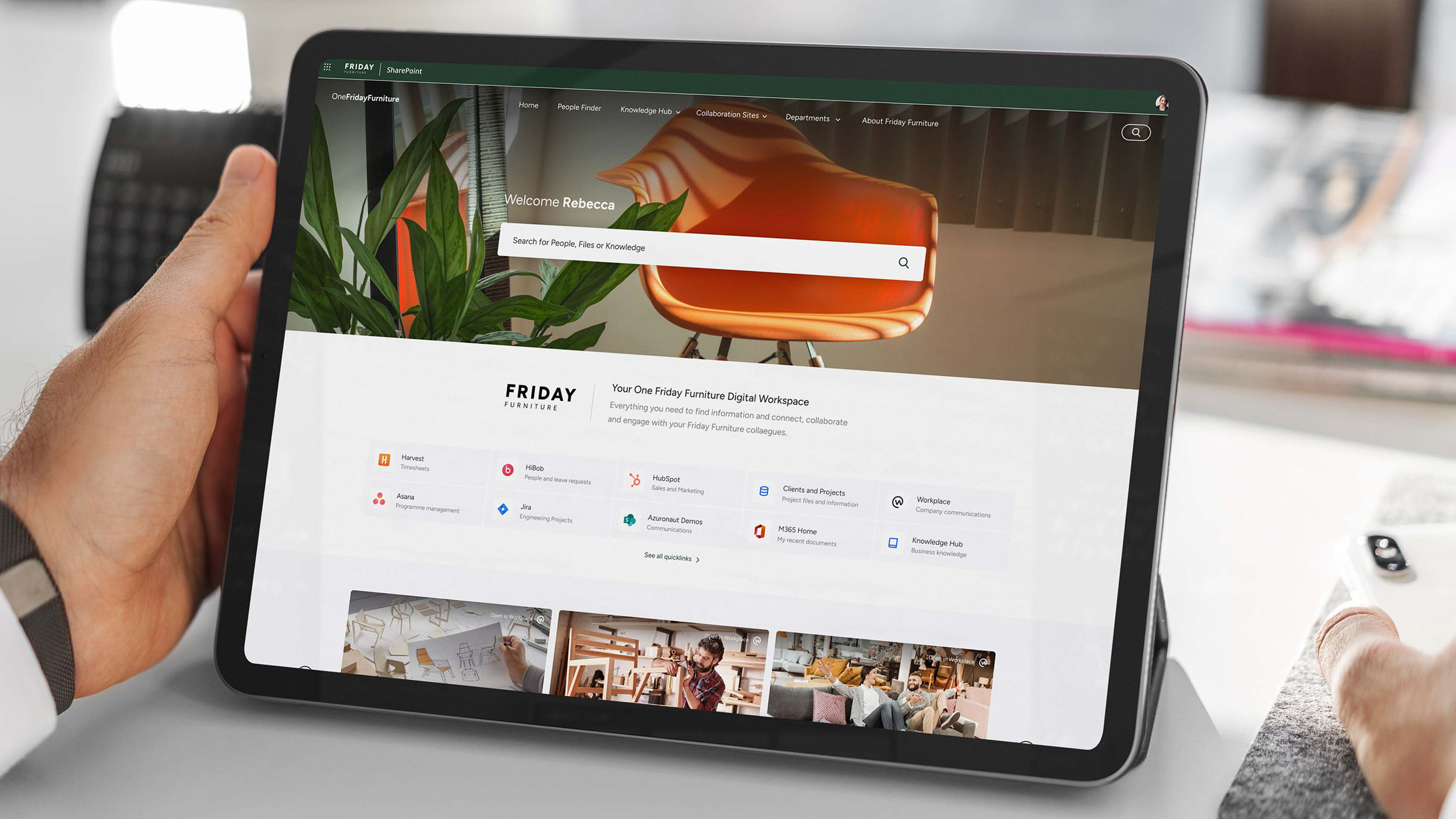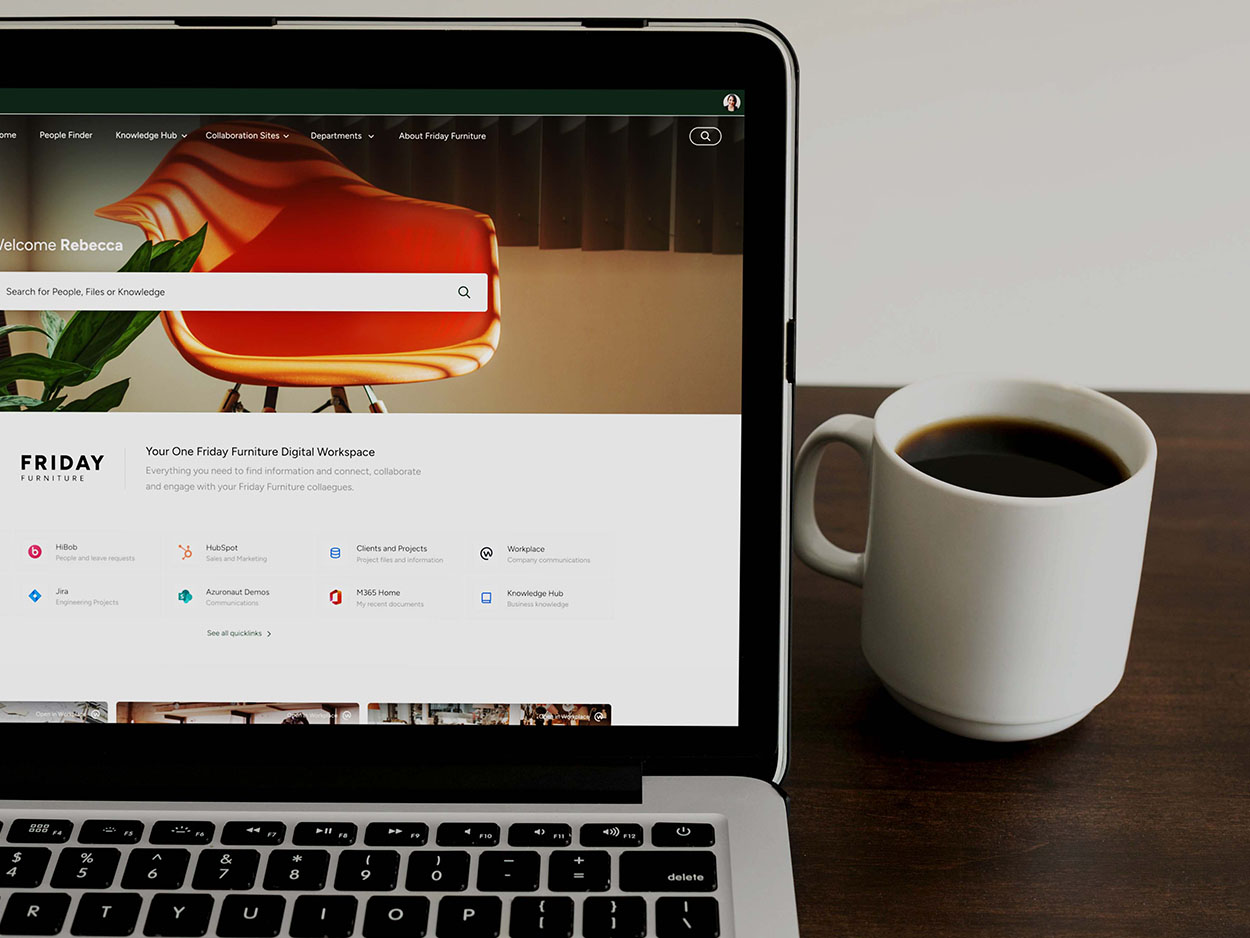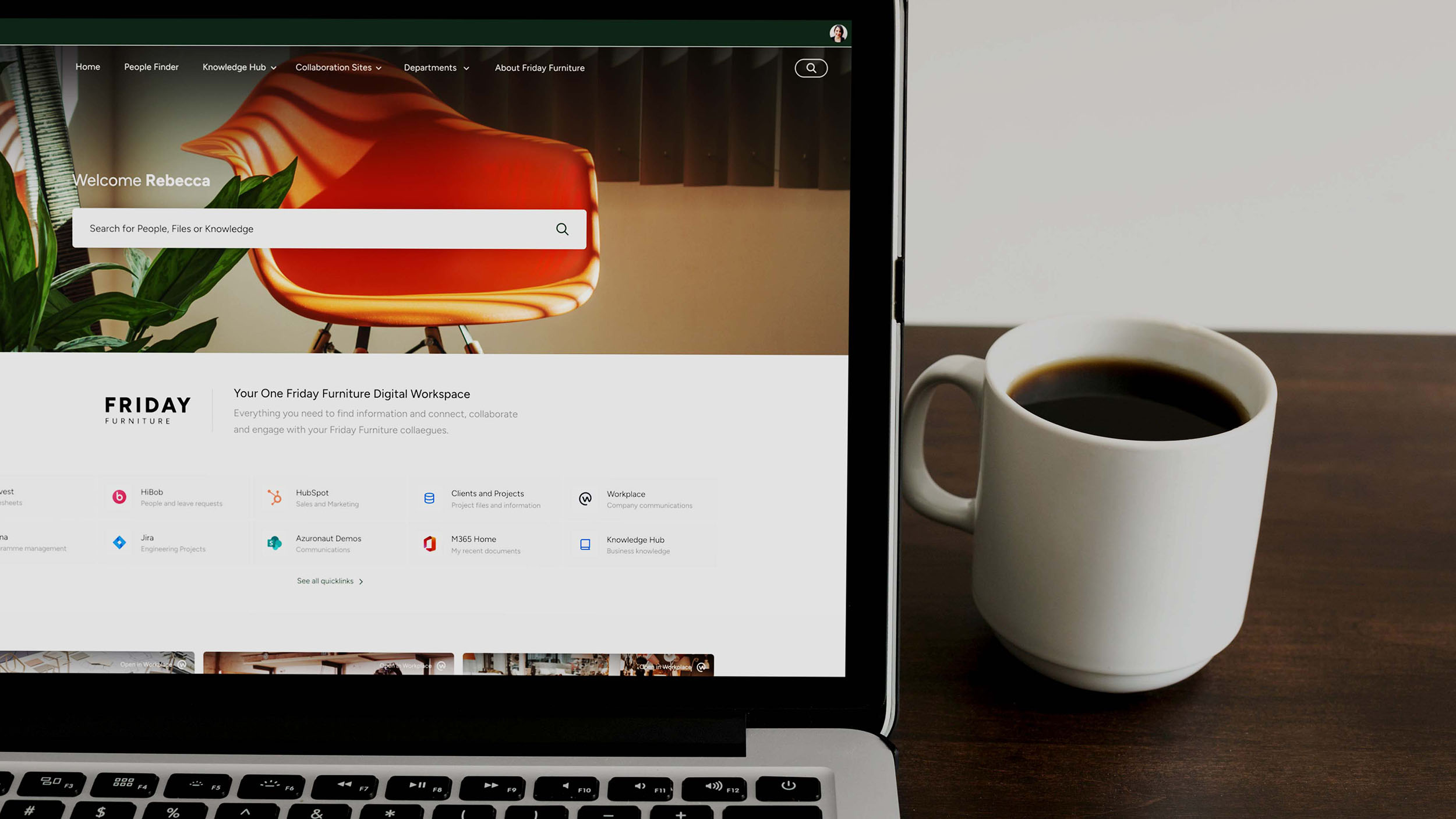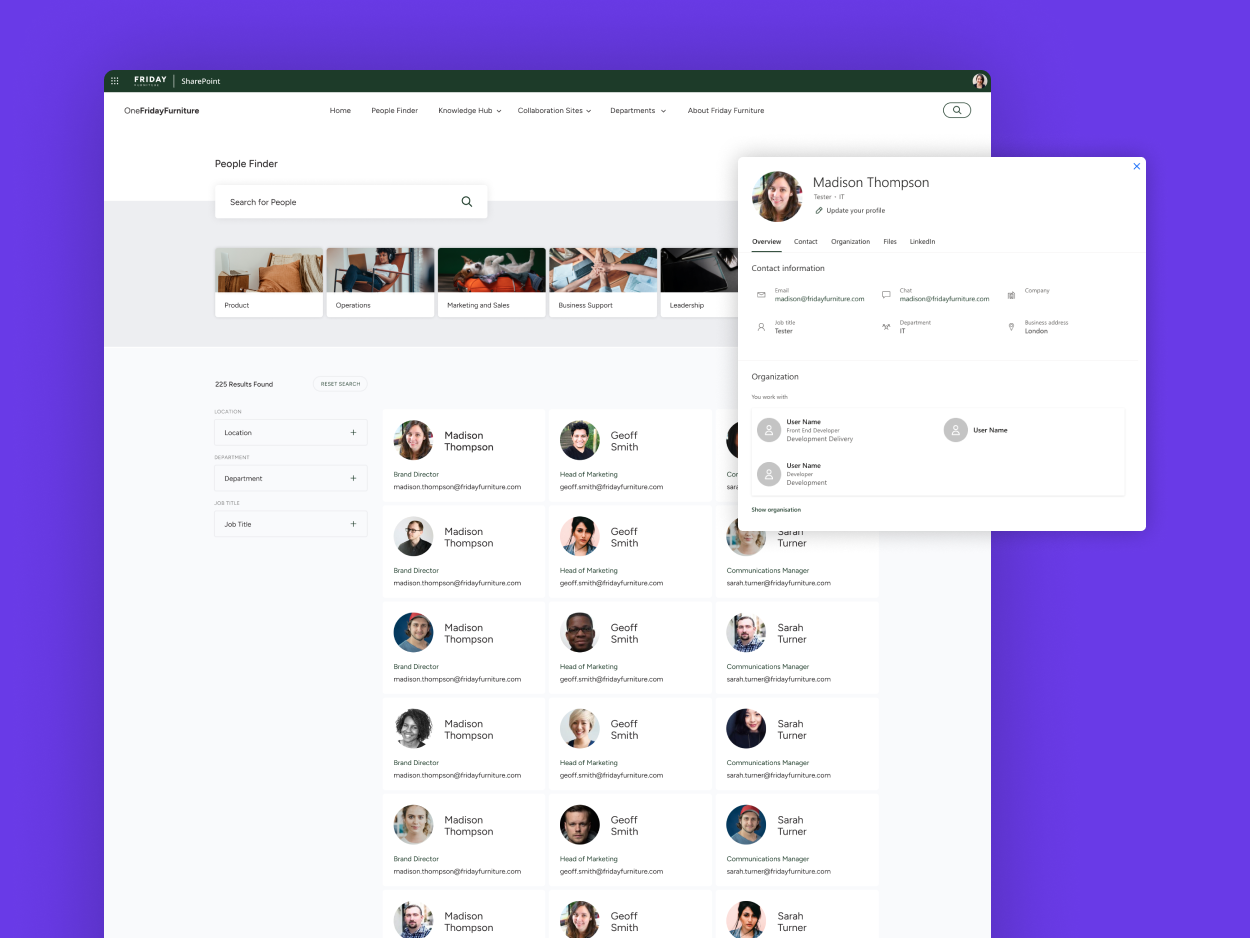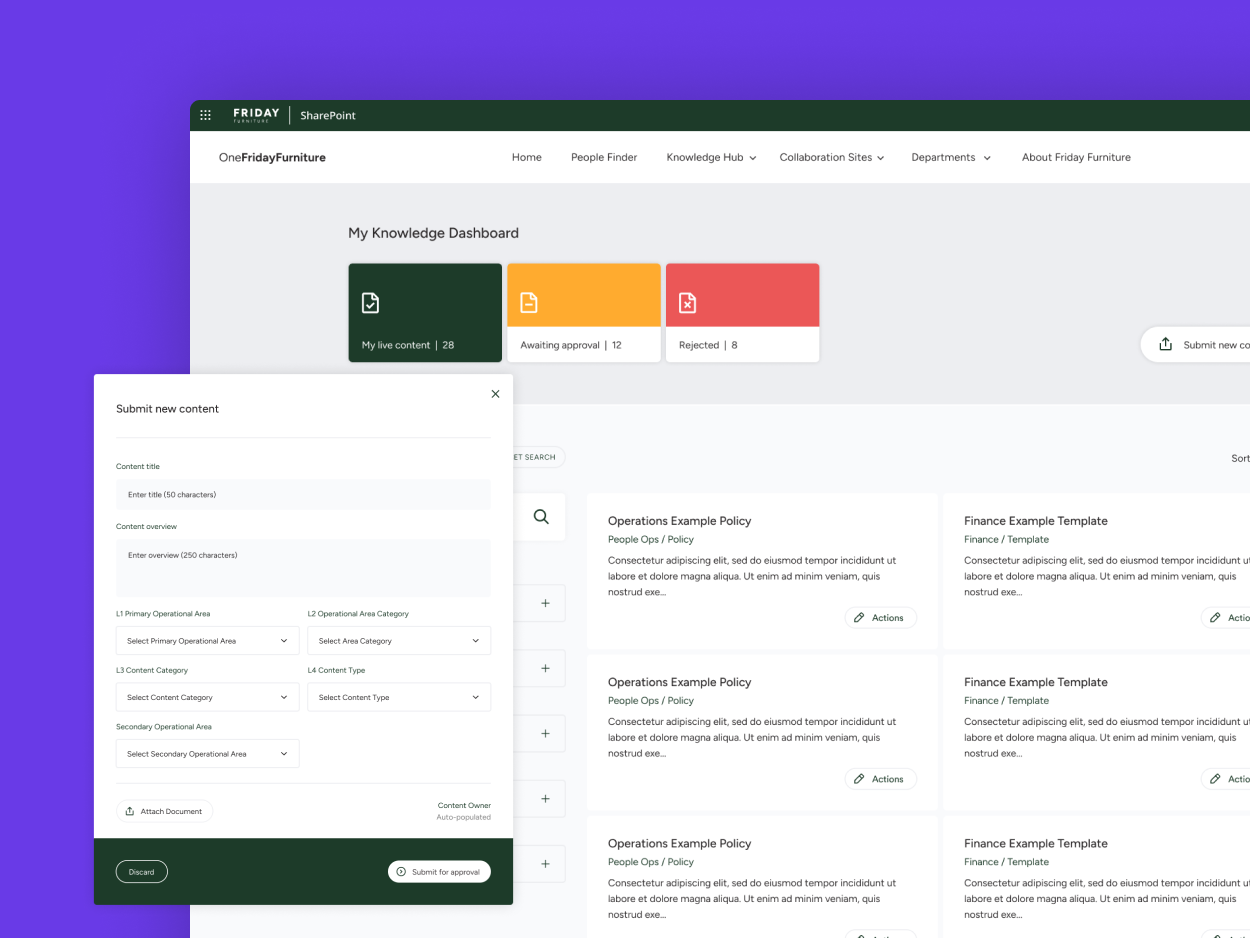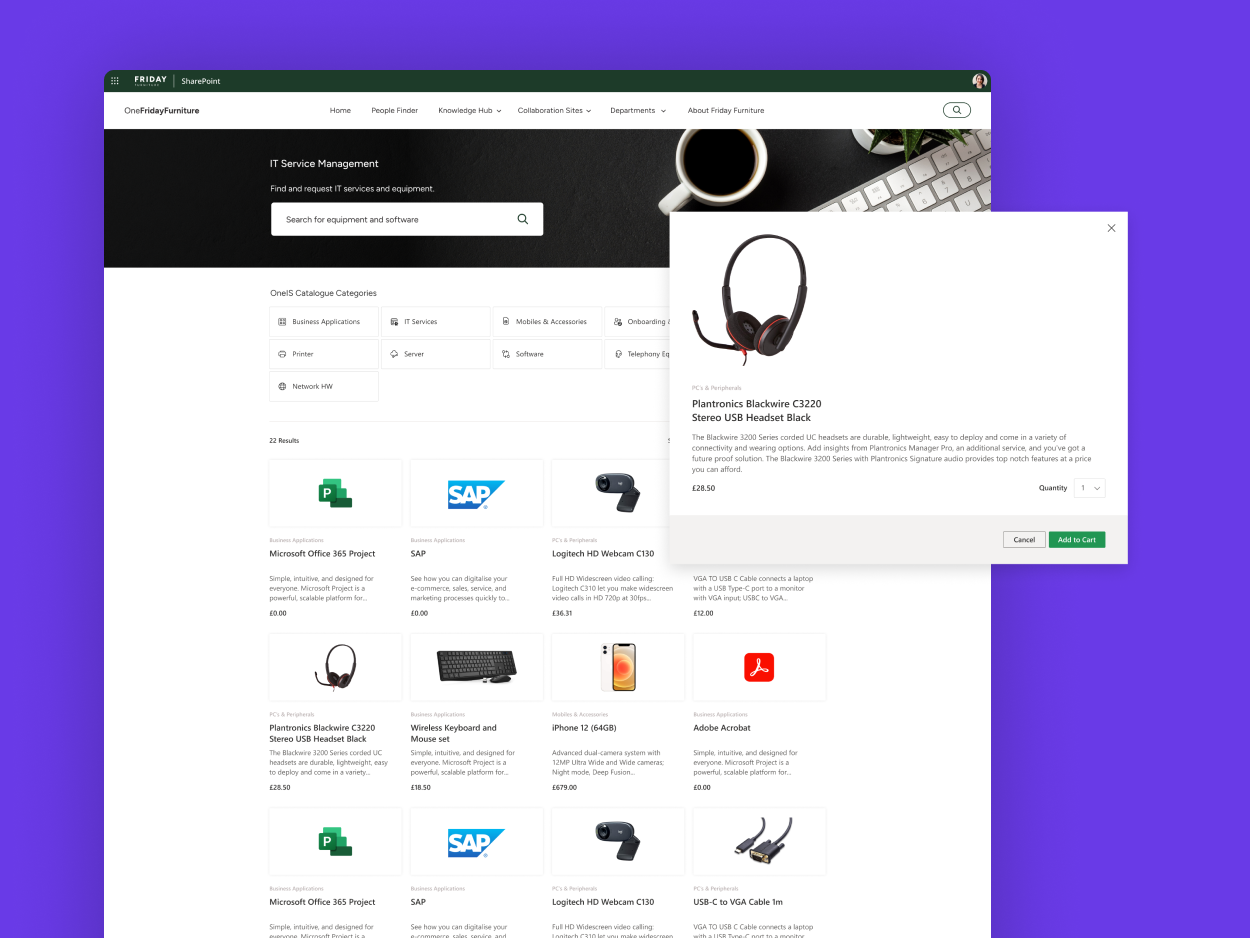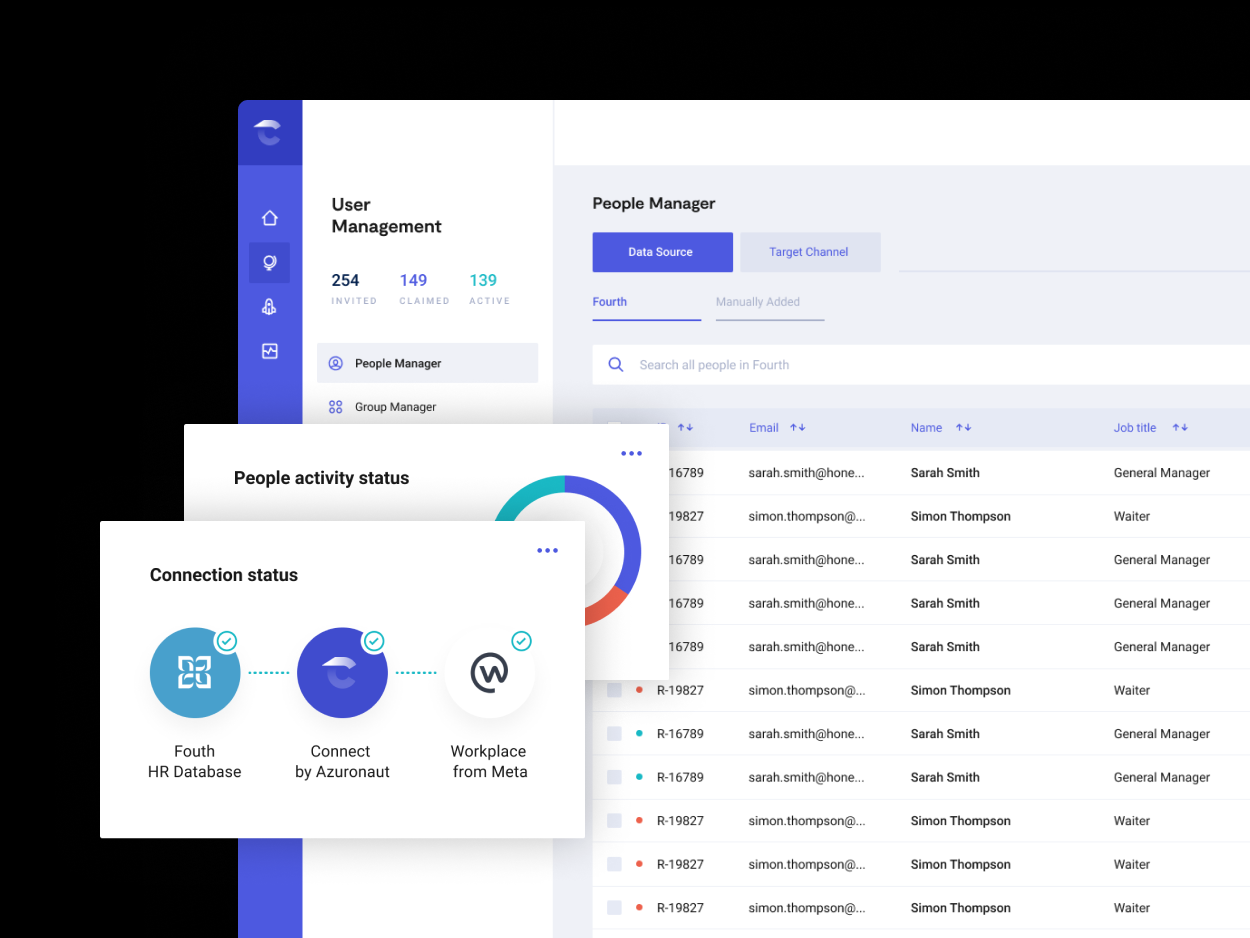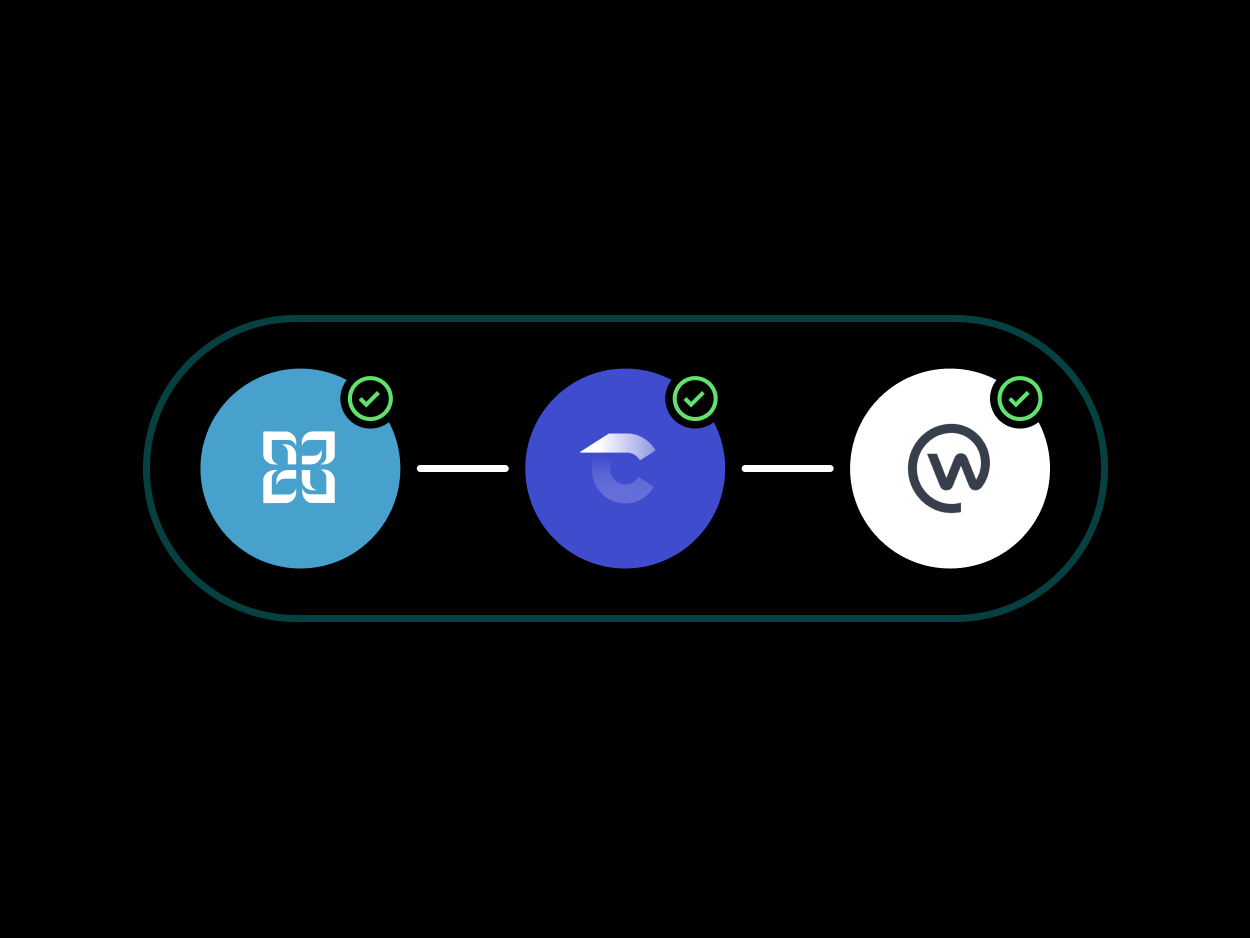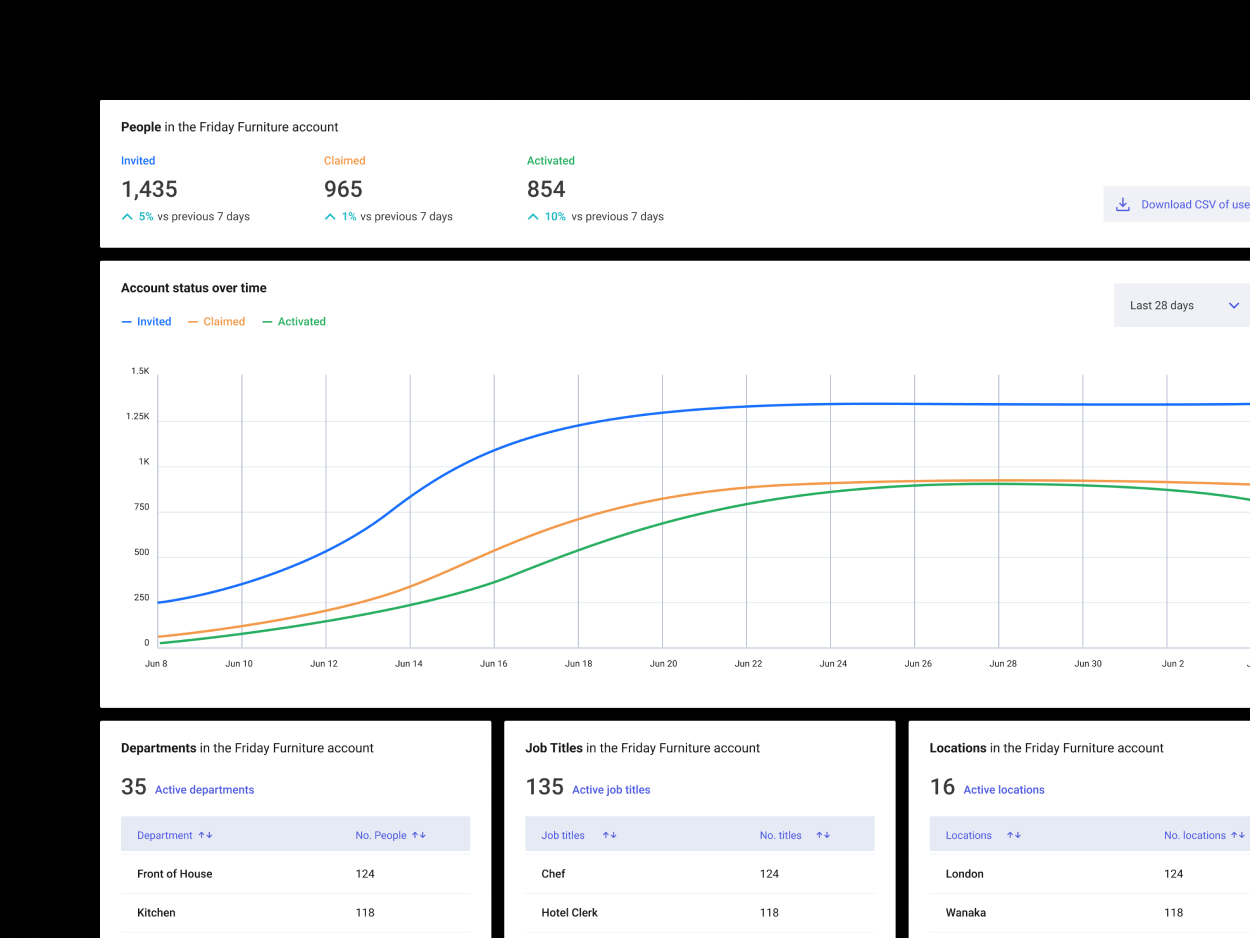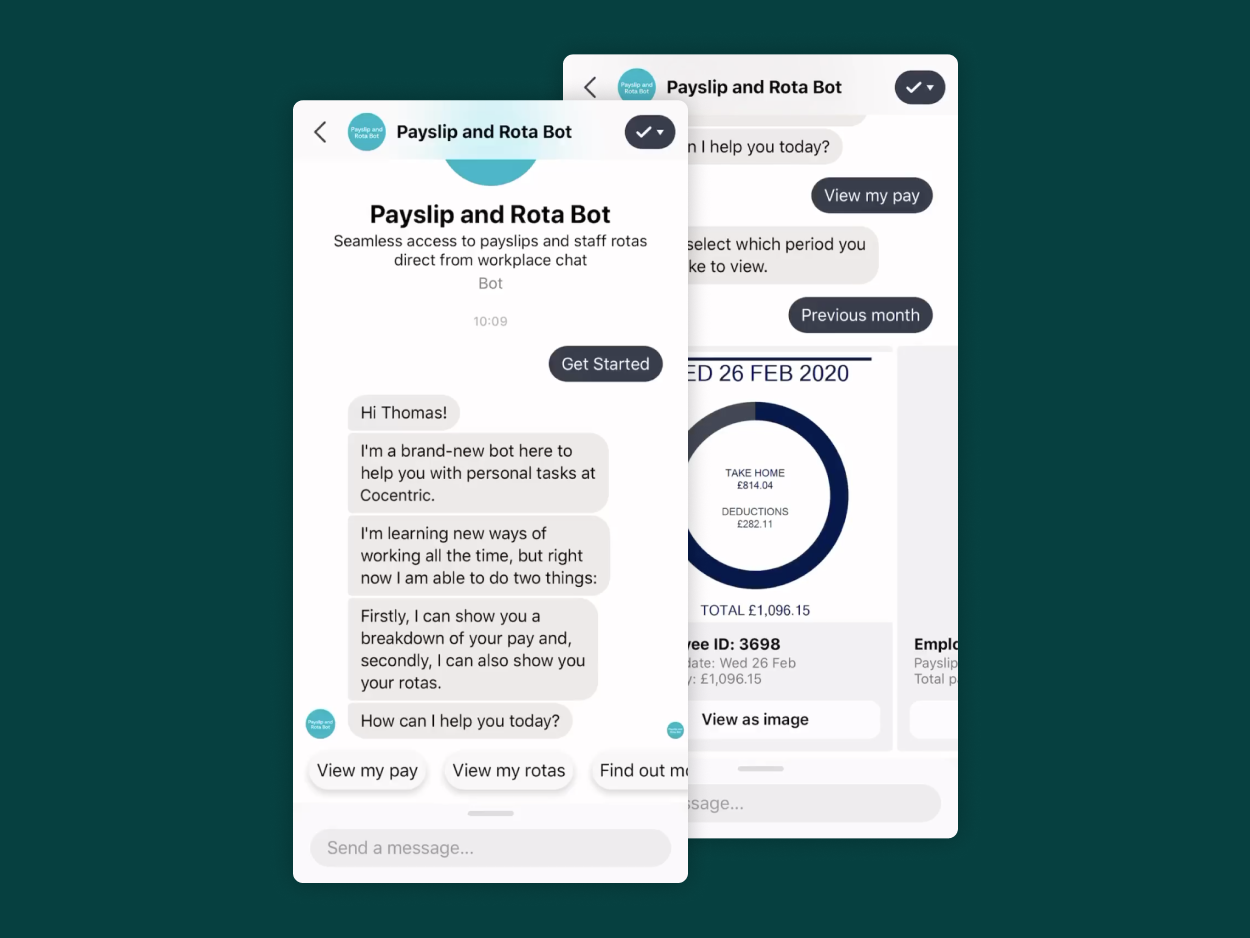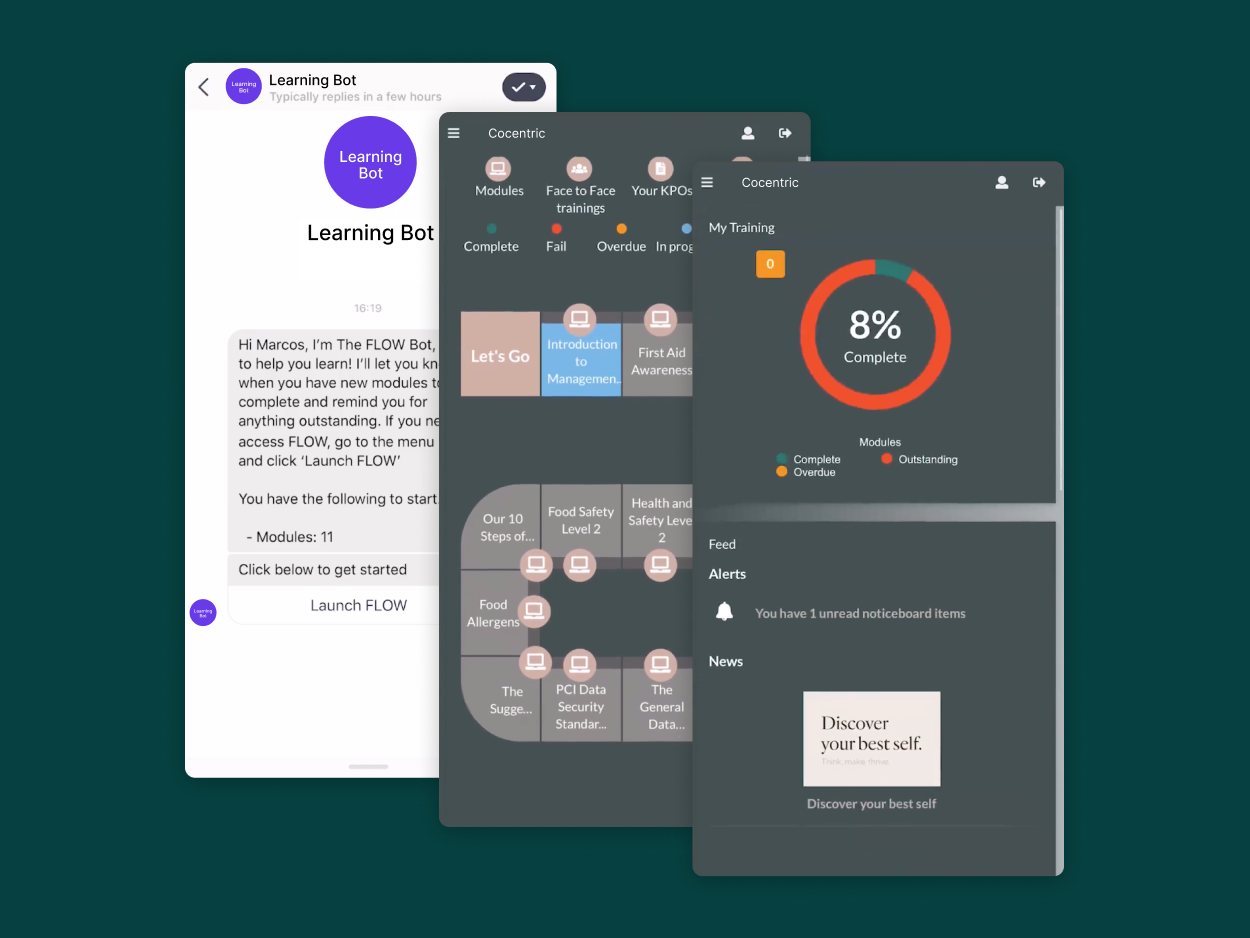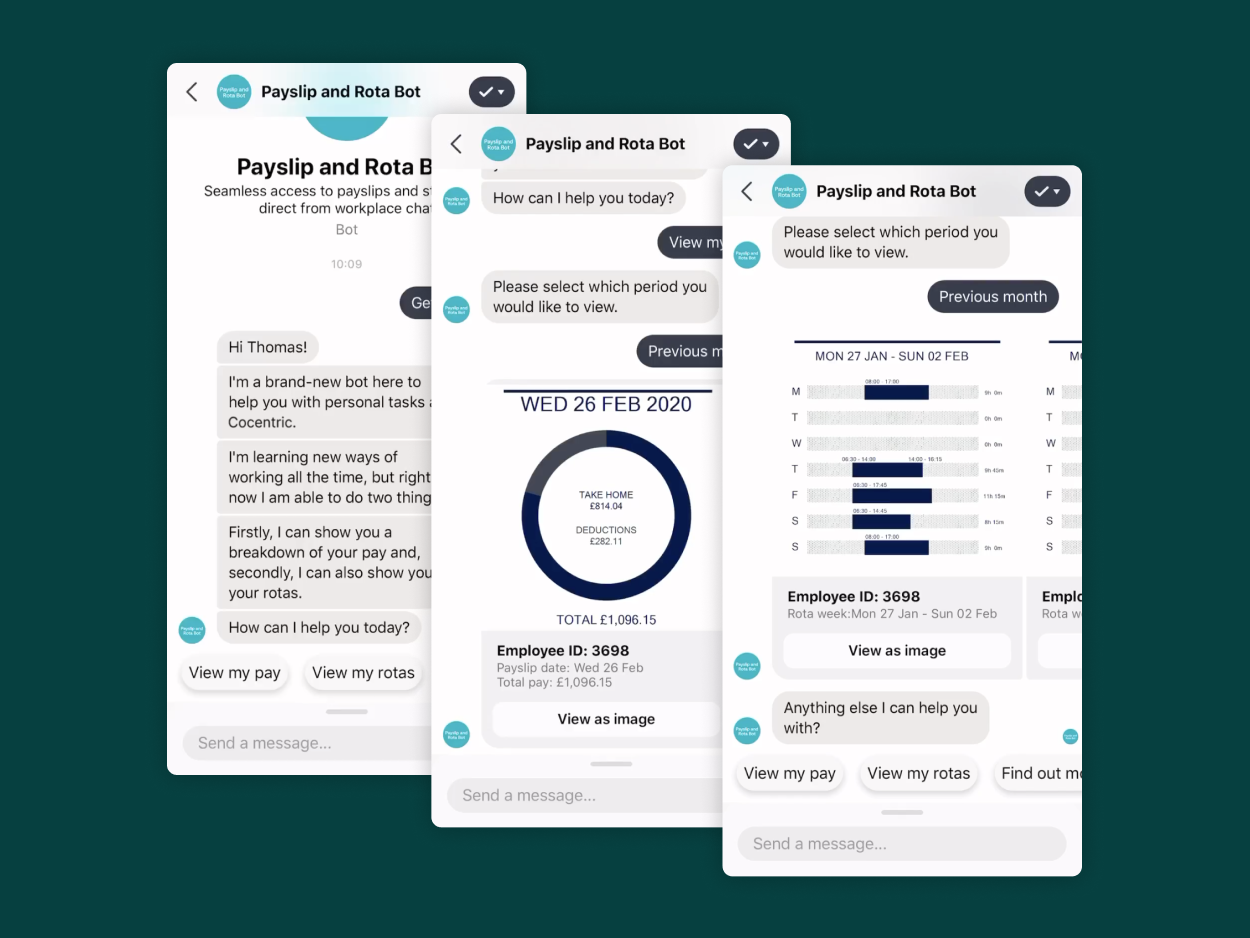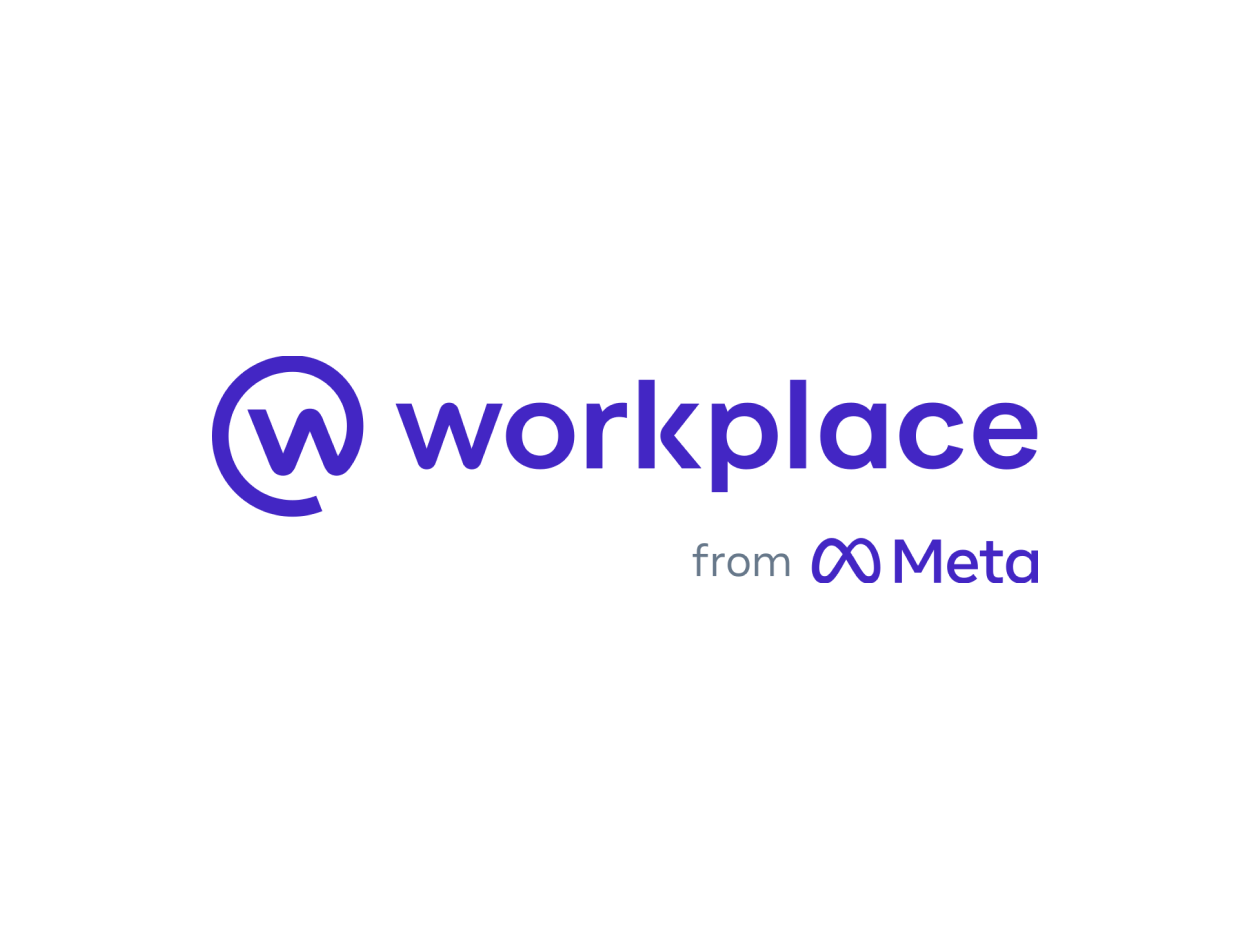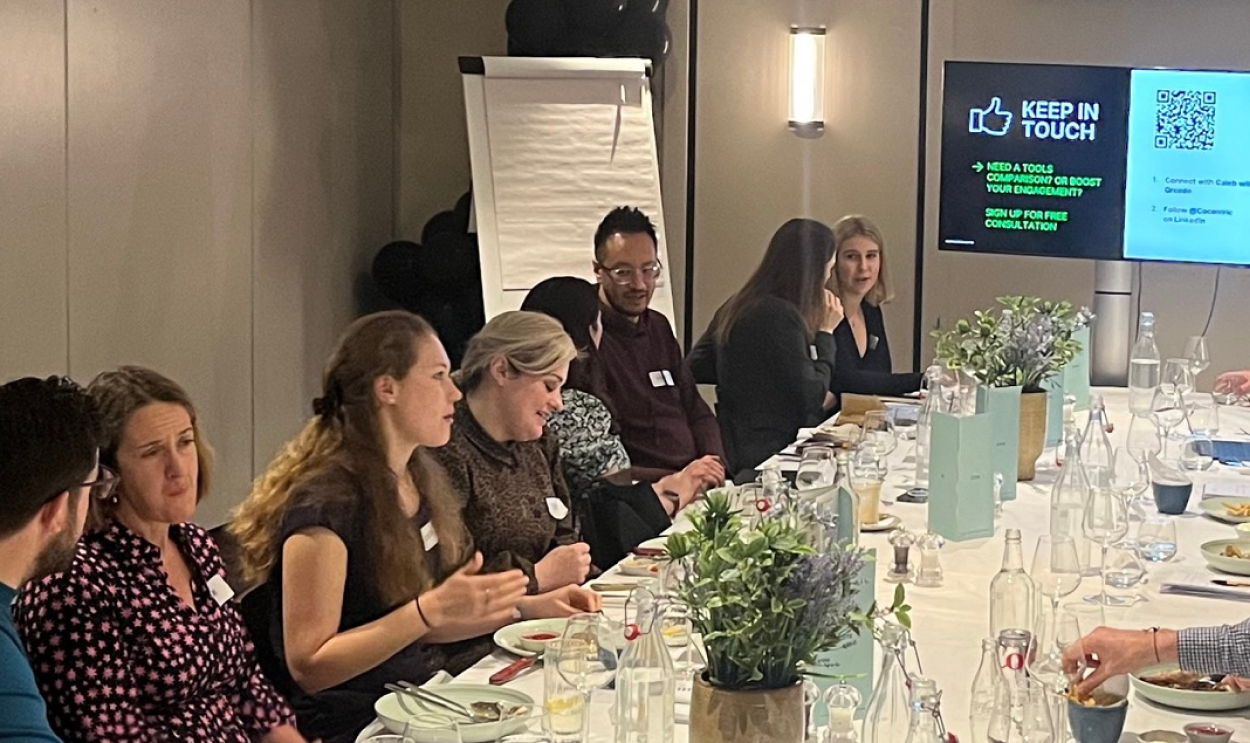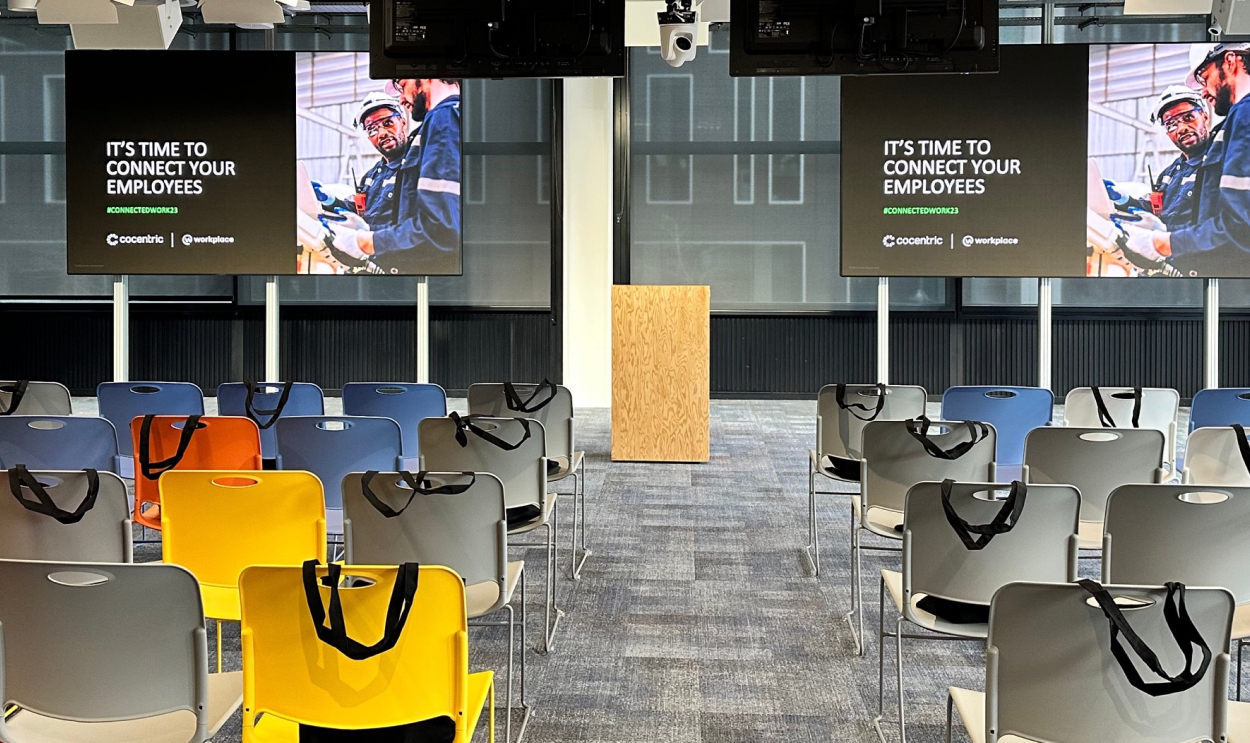
7 Internal Communication Challenges & Solutions
The goal of internal communications is to keep employees informed and the workplace connected. But in today’s fast-changing world, this is easier said than done. With working habits and workplace tools evolving in front of our eyes, companies are facing new internal communication challenges that can make or break their business.
In this blog, we cover common challenges internal communications teams face today, along with helpful solutions to address them.
Key internal communication challenges
We’ve taken 7 internal communication challenges identified when working with our clients (outlined below) and, in the following sections, we dive into each and offer our solutions to help you solve them:
- Connecting an increasingly fragmented workforce
- Connecting frontline employees
- Low employee engagement
- Falling employee productivity
- Communication inconsistency
- Cutting through the noise
- Demonstrating ROI
1. Connecting an increasingly fragmented workforce
The modern workplace is becoming increasingly fragmented as hybrid and remote working continues to grow. In the first half of 2022 alone, the percentage of hybrid workers nearly doubled. And Gartner’s 2022 employee survey revealed that up to 81% of the eligible workforce will be hybrid or remote in the future, meaning a potentially less connected and more isolated workforce.
One of the big losses for employees is the social element of the office environment, if largely working remotely. And that isn’t easy to replicate or maintain, so businesses need to find ways to bring this into the digital space.
Solutions to consider
Internal leaders need to take a proactive approach to connecting their teams. Here are some things to consider:
- Review your communications strategy and channels to determine how well you’re supporting and connecting your hybrid workforce, where there are gaps and what improvements are to be made.
- Invest in channels and tools that allow your people to connect, collaborate and access information.
- Take a human-centric approach to communications and create opportunities for intentional interactions between employees that reinforce relationships and alignment.
- Recruit people from across departments, locations and levels to become community champions. These people can serve as internal ambassadors, helping build connections and become the driving force behind your culture.
2. Connecting frontline employees
How are you ensuring you’re effectively communicating to and connecting with frontline employees?
A big issue is information not filtering through to them. With frontline workers often working in more siloed spaces compared to desk-based staff, they’re the employees most likely to feel isolated and less informed. As the working world evolves, you need to ensure frontline teams are remain connected with the rest of the company. Give them a voice and make them feel empowered to make business decisions.
Solutions to consider
Reaching employees, wherever they are, requires a new approach to remove siloes, minimise noise and highlight key information. This is where the right technology can make all the difference – our advice includes:
- Look for internal communications tools and software that allow you to connect with your team through mobile, so they can receive communications wherever they are working.
- Minimise communication through channels that frontline workers find hard or impossible to access, such as email.
- Leverage platforms that your employees will find familiar, such as Workplace by Meta, Microsoft’s Yammer or Viva Engage. They are built to look and function like the social apps employees use every day, making them easier to understand and adopt.
3. Low employee engagement
Communication isn’t just about sharing information – it’s also a key element of ensuring your team feels engaged. Research from Gartner shows that just 24% of hybrid and remote knowledge workers feel connected to their organisation’s culture. This is a worrying statistic.
Today’s workforces are diverse, with varying needs and incentives between individuals, and this needs to be reflected in your communications strategy and the solutions you choose. Especially as research has shown that effective internal communications can motivate 85% of employees to be more engaged in the workplace.
Solutions to consider
- Survey your team to identify your employees’ needs and preferences and create employee personas to guide your strategy.
- Based on your personas, plan and launch segmented communication campaigns to engage each group.
- Content created for employees can be repurposed for multiple channels to test what lands.
- Ask your employees to share topical content (which can be collated and used to drive further engagement). For example, for World Book Day, why not ask your employees to share a photo of their favourite book recommendation? You can then curate these into a slideshow and share back to the company.
- Encourage honest feedback on what content your employees want to receive on each channel and how effective they are finding the channels.
4. Falling employee productivity
Employee productivity relies on effective knowledge sharing, collaboration and streamlined access to information. But many systems and/or a lack of process actually make this harder – on average, people spend 1.8 hours per day searching for information from the internet or a company’s data pool.
The longer it takes your team to find relevant information, the more time and energy is diverted away from the work that moves businesses forward. It also leads to higher frustration and increases the risk of burnout.
Solutions to consider
- Make sure employees know what support is available – promote intentional rest as a valid part of a productive workforce and communicate available wellbeing support.
- Build a culture of knowledge sharing within your business.
- Research how AI tools, such as productivity bots, can simplify your employees’ workday so they can spend more time on work that matters.
5. Communication inconsistency
Communication inconsistency can come in many forms, including irregular communications, inconsistent channel use or top-down only information flows. Without consistency, it’s easy for employees to lose touch with what is going on within the company, not know where to direct questions or feel like they cannot share open communication.
Solutions to consider
- Review your internal communications strategy to find potential bottlenecks and benchmark how effective your channels are.
- Set goals for effective communications, such as engagement levels, response times or posting volumes.
- Establish a matrix that helps determine which channels should be employed for each internal audience and category of communication.
- Solving internal communication challenges and operating smoothly doesn’t just happen overnight – train employees and, especially, leaders to show a good example of how your business should be communicating.
6. Cutting through the noise
In recent years, businesses have adopted a range of innovative internal communications tools to cope with new working habits, but more isn’t always better. Having too many channels can quickly lead to communication overload as your teams sift through irrelevant content and oceans of text.
Solutions to consider
To solve the internal communication challenges that come from channel overload, consider the following:
- Review what’s being sent and set clear expectations of when to post and where.
- Look at how you organise groups to make sure the right people see the right messages.
- Providing training to employees on how to manage their notifications and prioritise messages.
- Make sure the medium matches the message – instead of making everything a meeting, use video and audio to let your team engage on their terms.
- Conduct a channel audit to evaluate their use, effectiveness and value.
7. Demonstrating ROI for solutions that address internal communication challenges
Investing in effective internal communications is a strategic project. Your choice of tools, platforms and medium should enhance your business, not add to the confusion. Showing ROI on these investments can be a key challenge for internal communications teams, especially when boards are looking to cut costs.
Solutions to consider
- Audit your channels to highlight which are creating the most value for your teams.
- Set tangible KPIs for what good looks like, whether that’s responses, project enablement or learning goals.
- Survey your team to get feedback on what helps them work better and empower them to control their communications.
- Build a compelling business case for introducing new internal communications solutions to help you get board buy-in.
Summary: Transform your digital employee experience
Delivering effective internal communications is no longer a “nice to have”; this is a key part of building the right business culture. Without the right tools and technology on your side, there’s no chance of keeping up in today’s competitive market.
At Cocentric, we work with some of the world’s fastest-growing businesses to help them overcome their internal communication challenges and integrate digital systems through tailored strategies, cutting-edge technology and ongoing support.
We offer workplace collaboration and communication tools that maximise your digital employee experience, bringing people and tech together to unite and connect the workplace, no matter where your team is. With years of digital consulting experience, we can pinpoint issues, support your channel strategy and keep your organisation aligned. If you would like to find out more, get in touch with our team here.



